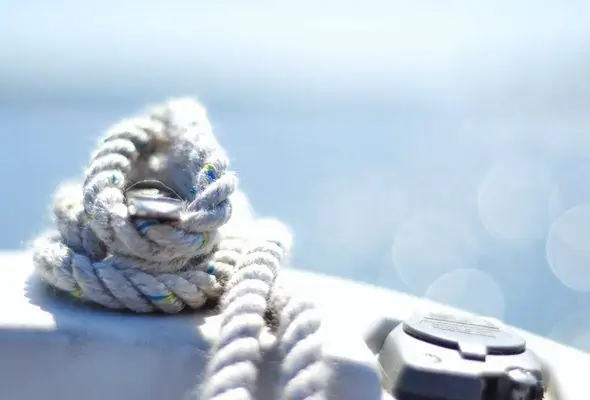The ability to knot correctly can be useful not only for yachtsmen and climbers, but also for ordinary people in everyday life. To securely attach a cable to your car, to wrap your luggage, or to tie a belt or laces nicely, you need to know how to make the simplest knots.

It is necessary
- - cable;
- - rope.
Instructions
Step 1
The straight knot is used when connecting two ropes of the same diameter. Cross the cables, and draw the ends symmetrically, tying a second knot over the first. To make it easy to untie the straight knot later, make a loop from one end of the cable.
Step 2
To learn how to knot with fine synthetic rope, use a double straight knot. Wrap the running end of the rope around the root twice. Repeat the operation with the risers, twisting them in the opposite direction.
Step 3
Learn to knit a flat knot to tie cables of different diameters. Fold one end of the cable into a loop. Interlace the ends one with the other, passing them in a strict sequence "through one under one". Make sure that the flat knot is symmetrical.
Step 4
Use the Bayonet knot if you need to tie the rope to an object. Pass the free end of the cable into a ring or circle around the support once or twice, place it on the root end and bring it up through the loop. Repeat the knot in the same direction two times so that it can be easily untied if necessary.
Step 5
Learn to knit a bleached knot to secure the cable to the vertical bar. Draw the free end of the rope around the object by passing the cable over the root end. Make the second knot side by side in the opposite direction, bring the end of the rope up.
Step 6
When you need to make a loose loop at the end of the rope, tie a bow tie. Make a small loop at the root end of the cable, pass the running end into it, making a large loop of the desired size. Wrap the free end around the stationary end and point it back into the small loop.
Step 7
The "choke" knot may be needed for attaching logs, boards and other objects that are being towed or raised to a height. Wrap the running end of the cable around the object, circle the root end and wrap it around you several times. Secure the end of the rope as you would when tying the Bayonet knot.






